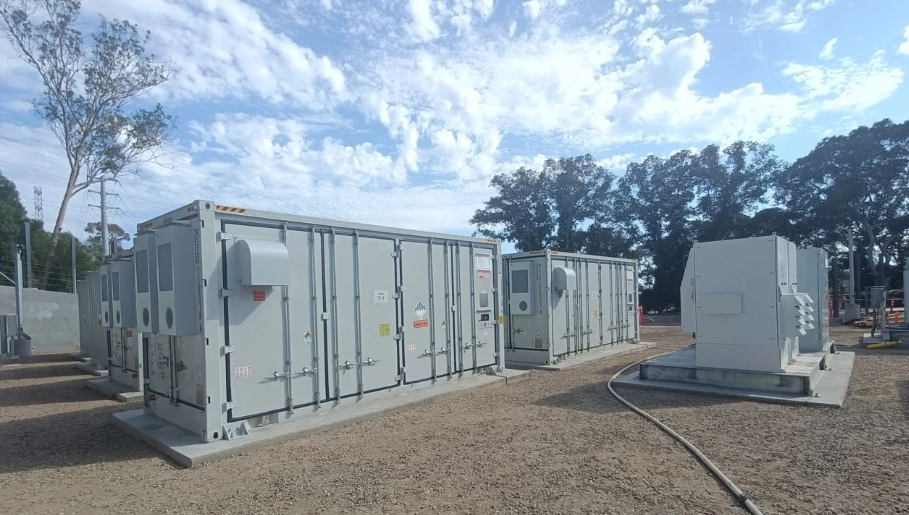
In over little more than a decade, China has come to dominate completely the EV market by taking control of all aspects of the mine-to-megawatt supply chain, says market research firm Adamas Intelligence.
Data from the Adamas Intelligence EV Battery Capacity and Battery Metals Tracker show that the top 3 Chinese cell suppliers by MWhs deployed onto the world’s roads—CATL, BYD and CALB—alone enjoyed a combined 50% market share in the first half of 2023.
Despite China’s dominance, construction and commissioning of new plants in the nation are only accelerating, a report in the Financial Times notes. Production capacity is expected to reach 1,500 GWh this year—enough for 22 million EVs—more than twice demand levels, forecast at 636 GWh, according to data from CRU Group, a research firm.
To put that in perspective, only 146 GWh were deployed in the battery and hybrid EVs leaving showrooms in China during the first half of the year, Adamas data shows. China was responsible for half the global total.
CRU Group observes that Chinese gigafactory average utilization rates were 45% in 2022 and have dropped further in the first half of 2023. Such numbers would have serious implications for any battery gigafactory outside of China where generally 75-85% utilization is considered to be the point of profit, the companys says.
CRU Group also notes that despite the low utilization rates, the China gigafactory capacity pipeline has swollen to 4,200 GWh by 2030—twice the GWH required if the entire China vehicle fleet were to be converted to EVs.
Adamas notes that while trade barriers and fear of further restrictions and deterioration of Washington and Beijing’s relations have made it very difficult for Chinese EV and battery makers to penetrate the US market, evidence suggests China is increasingly exporting its excess capacity.
Analysis of data in the Adamas tracker point to a large and growing share for Chinese EV makers in Europe, which has proven an easier market to penetrate than the US to date. In June of this year, 20% of the MWhs delivered to EV buyers in Europe, including hybrids, were contained in China-made EVs and packs. In absolute numbers, the battery power exported to Europe from China grew more than 70% year-on-year.
That a good portion of those sales was Tesla Model Ys and 3s made in the Shanghai factory also points to the fact that disentangling global electric car supply chains would be a momentous task. Whether this trend is beneficial for anyone in the US, China or Europe other than those doling out subsidies, grants and soft loans, or pursuing mercantile trade policies, is another question altogether, Adamas says.